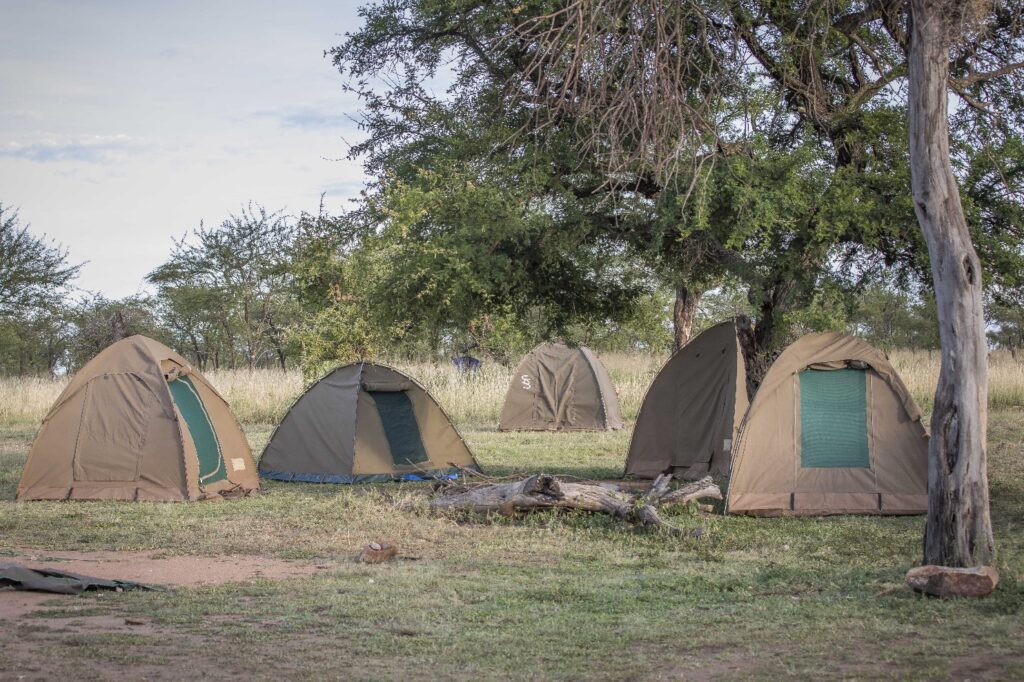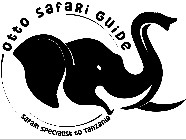Tarangire National Park, often considered a hidden gem in Tanzania’s illustrious northern circuit, holds a special place in the hearts of those well-acquainted with the African bush. From its panoramic high ridge, visitors are greeted with a captivating view of the Tarangire River winding through open, undulating landscapes. This river, the lifeblood of the park, becomes a magnet for wildlife during the dry season, drawing vast herds for essential watering.
Situated conveniently within Tanzania’s northern circuit, Tarangire serves as an ideal starting or concluding point for an African safari, complementing more renowned destinations like Serengeti National Park and the Ngorongoro Conservation Area.

Introduction to Tarangire:
While the Serengeti and Ngorongoro Conservation Area steal the spotlight, venturing a bit further south unveils the breathtaking Tarangire National Park. This lesser-explored reserve, often overshadowed by its famous neighbors, boasts more wildlife per square kilometer during the dry season. Named after the Tarangire River, the park reveals a captivating landscape adorned with ancient baobab trees, sun-baked termite hills, and a vital role as a staging area for the annual Great Migration.
What to Do in Tarangire:
- Diverse Safari Experiences: Tarangire offers various ways to explore its wonders. Visitors can opt for self-drive adventures or join guided jeep safaris. Additionally, many camps provide walking safaris, allowing you to delve into the bush with a knowledgeable field guide, offering an up-close encounter with the park’s wildlife. Notably, Tarangire stands out as one of the few Tanzanian national parks permitting night drives, providing a unique perspective on the park’s nocturnal inhabitants.
- Unique Experiences: For those seeking extraordinary experiences, sunrise hot air balloon safaris and fly camping adventures are available for a premium. Luxury lodges within the park offer fly camping, allowing guests to sleep under the stars in private temporary tents.
Wildlife Diversity:
Tarangire’s wildlife mirrors the richness of its varied ecosystems, including grasslands, riverine woodland, and perpetual wetlands. The park hosts four of the Big Five, with the exception of rhinos, and stands as home to one of northern Tanzania’s largest elephant populations. Various antelope species, such as dik-dik, impala, eland, Grant’s gazelle, and waterbuck, thrive in the park’s abundant seasonal grazing areas. Three endangered species, the fringe-eared oryx, the gerenuk, and the dwarf mongoose, find refuge in the park’s landscape, often using abandoned termite hills as shelter.
During the dry season (June to November), the Tarangire plains witness the convergence of thousands of wildebeest, zebra, and Cape buffalo, embarking on their annual migration north to Kenya’s Maasai Mara. This migration attracts an array of predators, with lion prides, cheetahs, and leopards among the park’s charismatic inhabitants. The endangered African wild dog and spotted hyena are also sought-after sightings, adding to the park’s allure.
Birding Paradise:
Tarangire National Park is a haven for bird enthusiasts, boasting over 550 recorded bird species. The year-round greenery of the Silale Swamps attracts numerous birds, and the wetlands support more breeding bird species than any other ecosystem on the planet. Birders flock to Tarangire in search of endemic species like the Rufous-tailed Weaver, Ashy Starling, and Yellow-collared Lovebird. Highlights also include the vulturine guineafowl, northern pied babbler, and bushveld pipit.
Raptors, including the bateleur eagle and lappet-faced vulture, are frequently spotted, while the tiny pygmy falcon, the continent’s smallest bird of prey, resides among weaver bird colonies. The park’s diverse insect life attracts migratory birds from Europe and Asia during the rainy season.
Camping Options:

For self-drive camping enthusiasts, a public campsite near the main park gate provides facilities, showers, and a cooking area. While you need to bring your own supplies, this option offers an authentic and cost-effective experience. Alternatively, Tarangire Treetops, located just outside the park, presents a unique lodging choice with rooms built on stilts amid a grove of baobab and marula trees.
Accommodations:
Tarangire National Park offers a range of lodging options, catering to various preferences and budgets:
Outside the Park:
- Maramboi Tented Lodge
- Burunge Tented Lodge
- Osupuko Lodge
- Sangaiwe Tented Lodge
Inside the Park:
- Oliver’s Camp Tarangire
- Sanctuary Swala Camp
- Kichuguu Camp
- Elewana Tarangire Tree Top
- Baobab Tented Lodge
Getting There:
Tarangire National Park is easily accessible, with paved roads connecting it to Arusha (87 miles/140 kilometers northeast) and the Ngorongoro Conservation Area (160 kilometers northwest). The closest airports are Arusha Airport, Kilimanjaro International Airport, or the Kuro airstrip in the park’s southern region.
In conclusion, Tarangire National Park invites adventurers to immerse themselves in a less-explored realm of Tanzanian wilderness. With its diverse wildlife, unique safari experiences, and array of bird species, Tarangire stands as a testament to the rich biodiversity that Tanzania has to offer.
Whether it’s your first safari or a return visit, Tarangire promises an authentic and captivating adventure, making it a worthy inclusion in any African safari itinerary.
